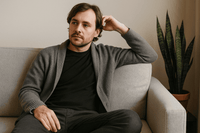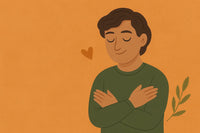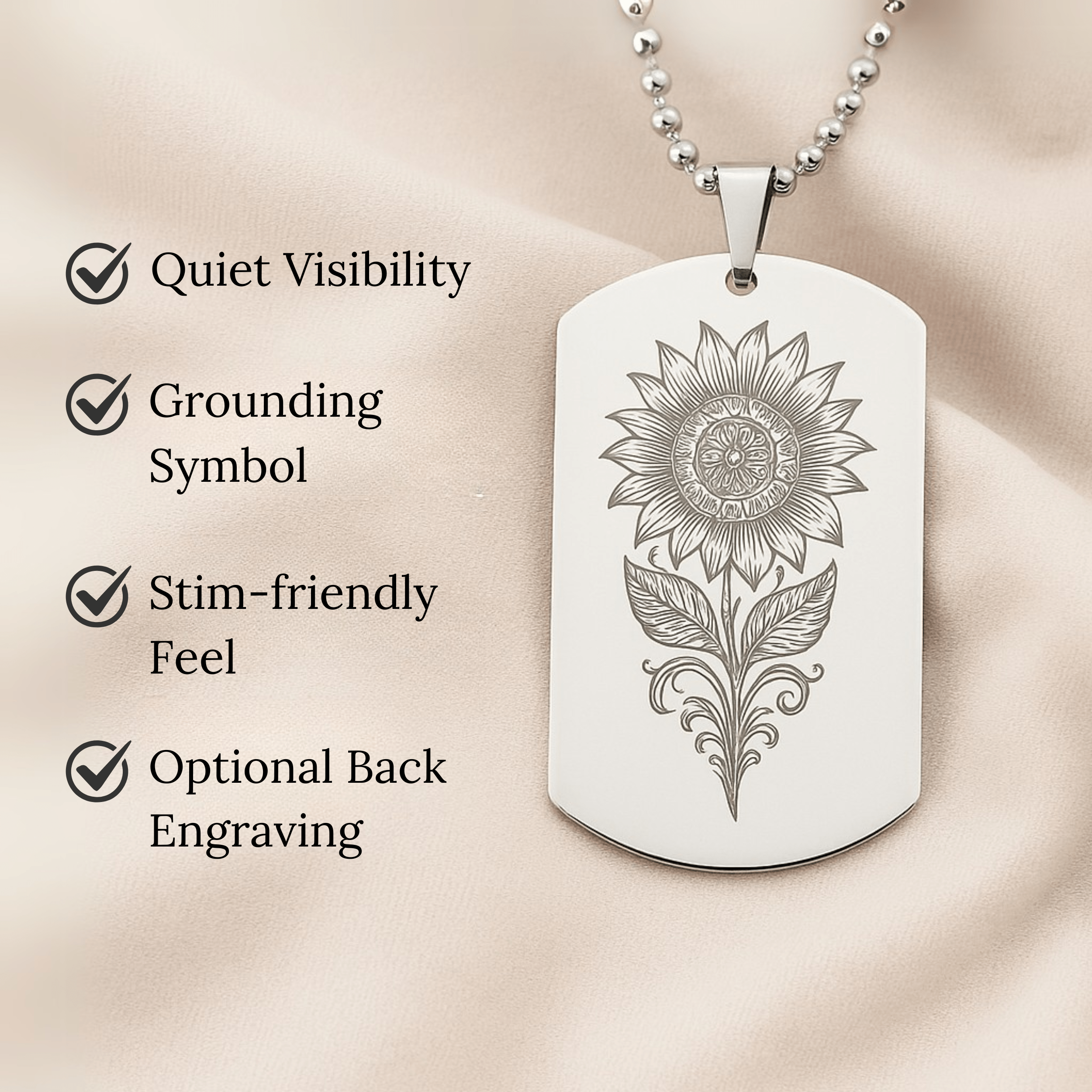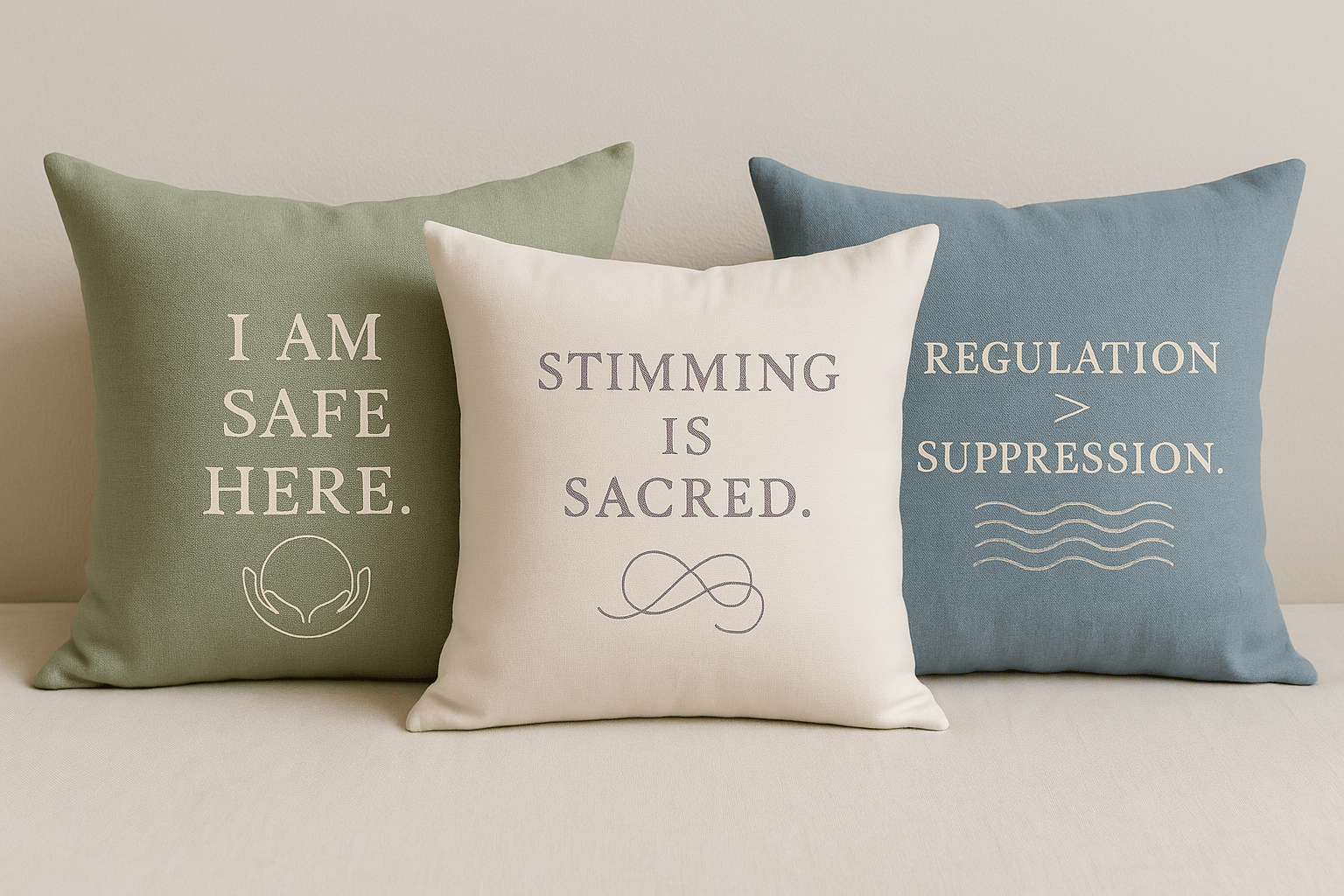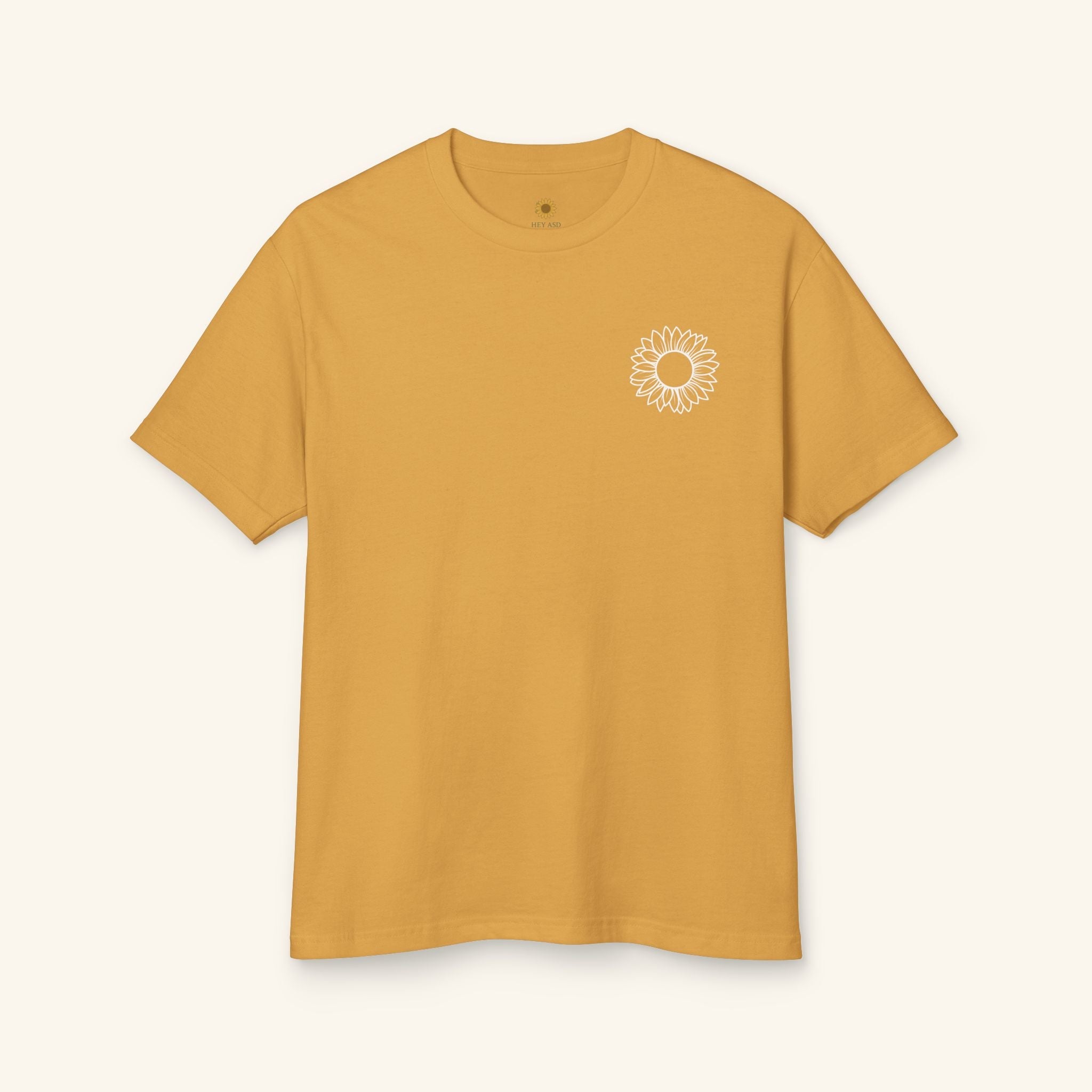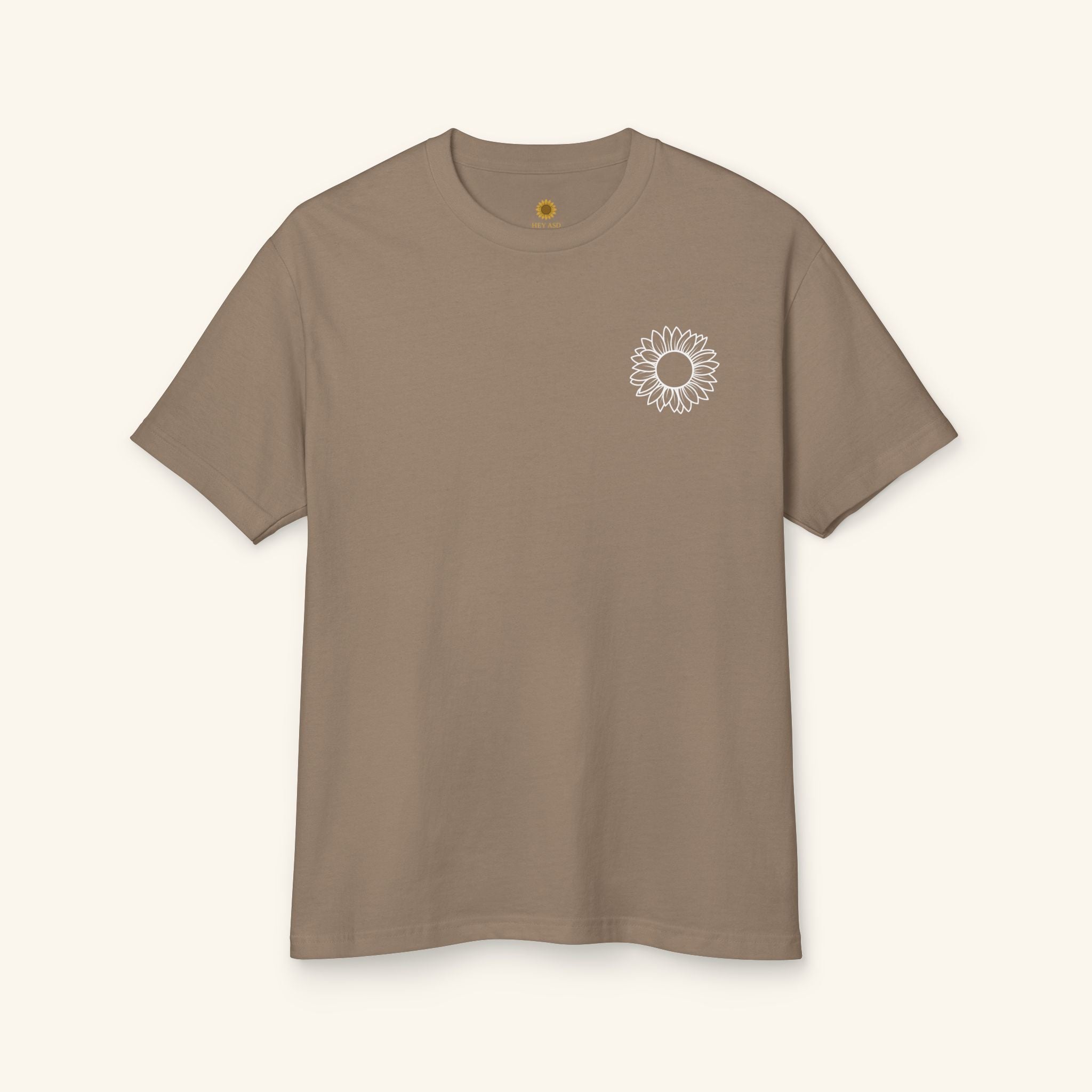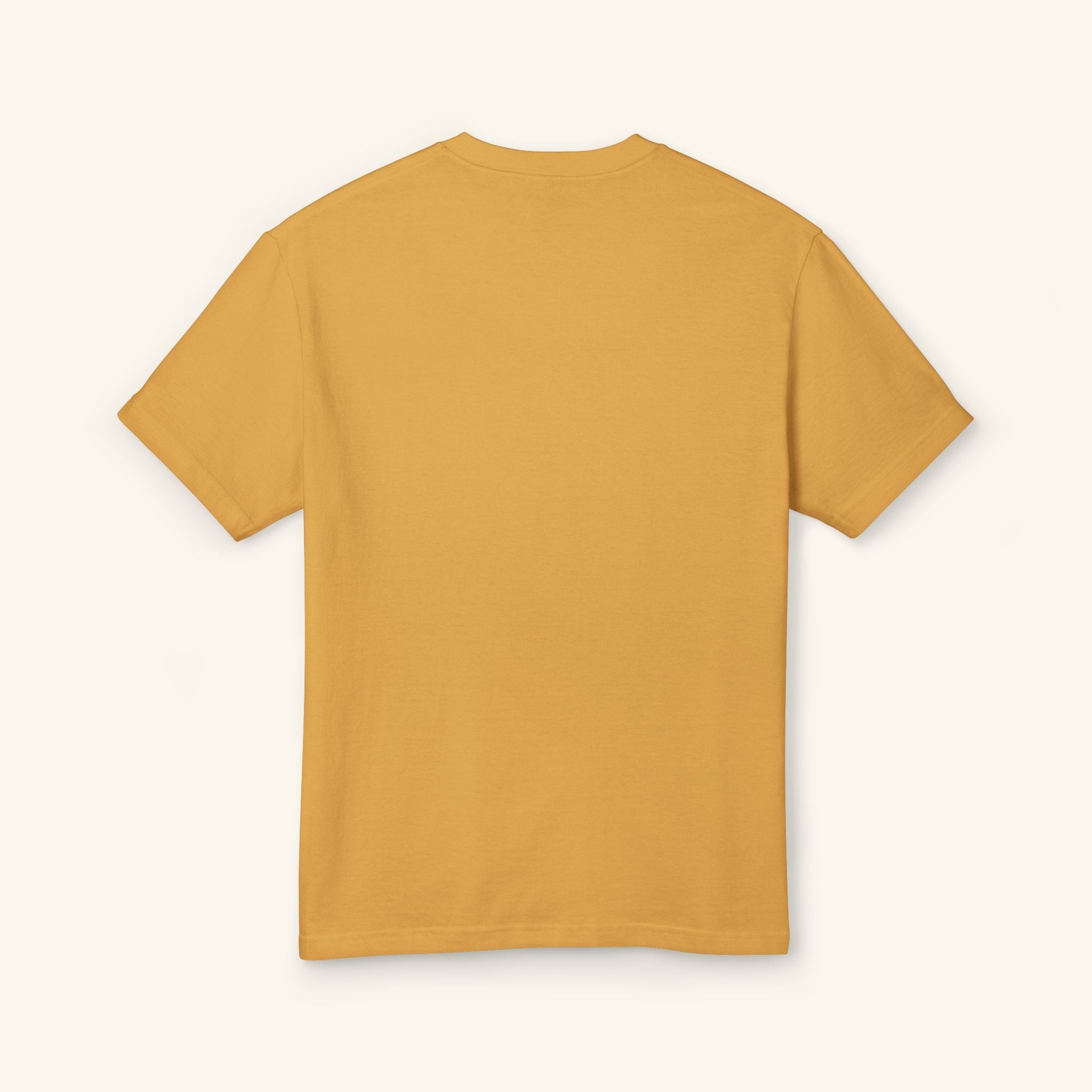Hand Flapping & Stimming: What it is, Why it Happens & How to Manage it

Written by the HeyASD Editorial Team
Stimming, short for self-stimulatory behavior, is a common characteristic of autism spectrum disorder (ASD). It refers to a repetitive action or movement that an individual engages in to calm or stimulate themselves.
Hand flapping is one such stimming behavior that is often observed in individuals with autism.

What is hand flapping stimming?
Hand flapping stimming refers to the repetitive movement of one or both hands, often characterized by quick, rhythmic movements of the wrist and fingers. This behavior is typically observed when an individual with autism is excited, overwhelmed, or trying to regulate their emotions.
Why do individuals with autism engage in hand flapping stimming?
The reasons behind hand flapping stimming are not fully understood. However, researchers suggest that it may be a way for individuals with autism to self-regulate their sensory input. Hand flapping stimming can provide a source of sensory input that is calming or stimulating, depending on the individual's needs.

How to manage hand flapping stimming
Although hand flapping stimming can be a harmless behavior, it can be disruptive in certain settings, such as in a classroom or public place. Here are some strategies that can help manage hand flapping stimming:
Early intervention strategies
Early intervention is crucial in managing stimming behaviors. Teaching replacement behaviors, such as deep breathing or squeezing a stress ball, can be effective in reducing the frequency of hand flapping stimming.
Sensory regulation techniques
Individuals with autism may engage in hand flapping stimming to regulate their sensory input.
Providing sensory regulation techniques, such as weighted blankets or fidget toys, can help them regulate their sensory input and reduce hand flapping stimming.
Redirecting behaviors
Redirecting hand flapping stimming to a more appropriate behavior can be effective in managing the behavior. For instance, providing an alternative activity, such as drawing or playing with a toy, can redirect the individual's attention and reduce hand flapping stimming.
Providing alternative activities
Engaging the individual in alternative activities that they enjoy can be effective in reducing hand flapping stimming.
For example, if the individual enjoys music, playing music or dancing can be a positive and engaging activity that can replace hand flapping stimming.

Join Hundreds of Autistic Adults Feeling
More Comfort in Their Own Skin
Use code WELCOME10 for 10% off your first order.
Start Your Comfort JourneyConclusion
Hand flapping stimming is a common behavior observed in individuals with autism. While it can be concerning for caregivers, it is often a harmless behavior that individuals engage in to regulate their sensory input.
Early intervention and providing alternative activities can be effective in managing hand flapping stimming.
FAQs
Is hand flapping stimming a harmful behavior?
Hand flapping stimming is generally not harmful, but it can be disruptive in certain settings.
Can hand flapping stimming be completely eliminated?
While it may not be completely eliminated, early intervention and management strategies can significantly reduce the frequency of hand flapping stimming.
Should hand flapping stimming always be stopped?
Not necessarily. Hand flapping stimming is often a self-regulatory behavior and can be a positive coping mechanism for individuals with autism. However, if it is disruptive or harmful, it may need to be managed.
Are there any medications that can help manage hand flapping stimming?
There are no specific medications for managing hand flapping stimming. However, medications prescribed for co-occurring conditions, such as anxiety or ADHD, may indirectly help manage the behavior.
Is hand flapping stimming a sign of autism?
Hand flapping stimming is a common behavior observed in individuals with autism, but it is not a definitive sign of autism. Other symptoms and behaviors are also taken into consideration in diagnosing autism.
In conclusion, hand flapping stimming is a common behavior observed in individuals with autism. While it may be concerning for caregivers, it is often a self-regulatory behavior and can be managed with early intervention and alternative activities.
It is important to understand and accept stimming behaviors as a part of an individual's unique expression and personality. By providing support and understanding, we can help individuals with autism thrive and live fulfilling lives.
On This Page
Frequently asked questions
What is hand flapping autism and why do some people use this stimming behavior?
How can stimming behaviors help with sensory regulation autism?
What are some gentle ways to support someone who is hand flapping to self-regulate?
How can I manage stimming behaviors in public or social settings without causing stress?
Are there calming blankets or sensory tools that can help reduce hand flapping stimming?
What autism support strategies work best for teaching alternative behaviors to hand flapping?
How can caregivers and educators create a supportive environment for managing stimming?
Can engaging in creative activities help with managing stimming behaviors like hand flapping?
What types of Autism-themed decor or clothing can promote comfort and acceptance around stimming?

About the HeyASD Editorial Team
Autistic‑owned • Values‑led • Sensory‑friendly design
We are autistic creators, writers, and advocates dedicated to producing resources that are practical, sensory-aware, and grounded in lived experience. Our mission is to make information and products that support the autistic community accessible to everyone, without jargon or condescension. Learn more about our team.
This article is written from lived autistic experience and an evidence-aware perspective. It is for general informational purposes only and should not be taken as medical, legal or therapeutic advice.
Always consult a qualified clinician or occupational therapist for individual needs and circumstances.

About Our Autism Blog
HeyASD isn’t just a store, it’s a calm, supportive space created by and for autistic adults. Our blog shares sensory-friendly tips, identity-affirming stories, and heartfelt resources for navigating life as an autistic person. Whether you're late-diagnosed, exploring your needs, or supporting someone you love, you're welcome here.
Thank you for reading. We hope these resources bring comfort and clarity.









